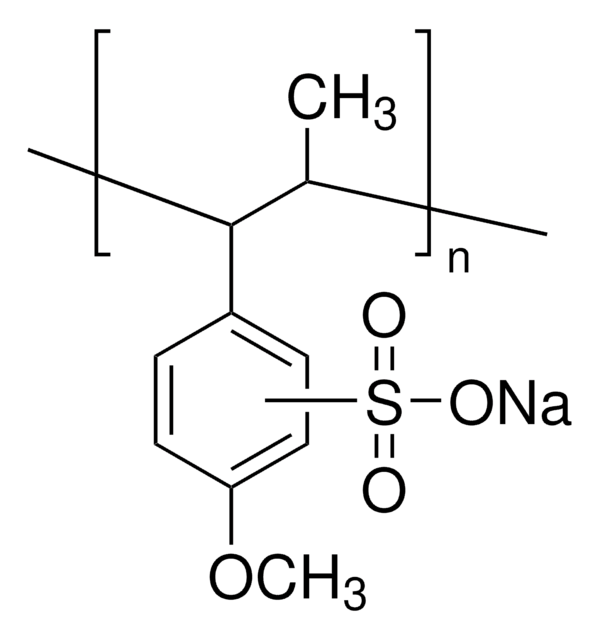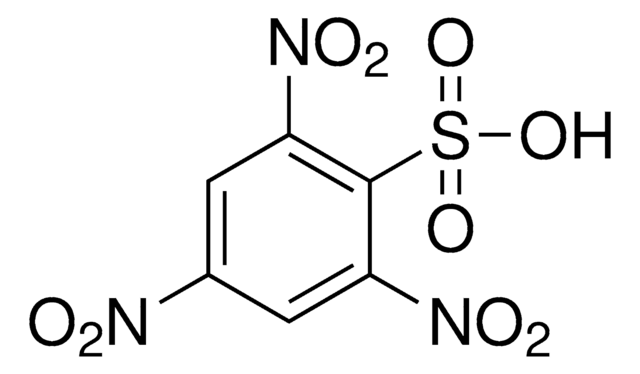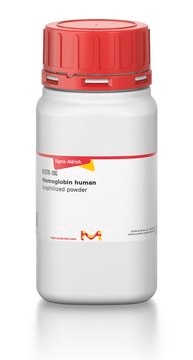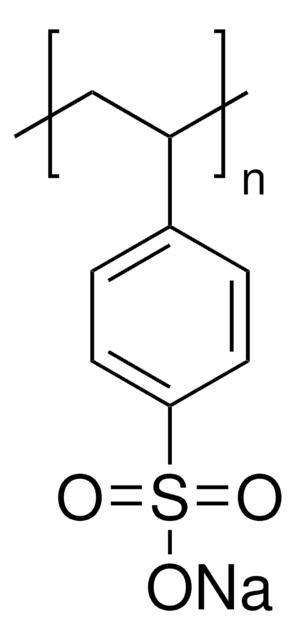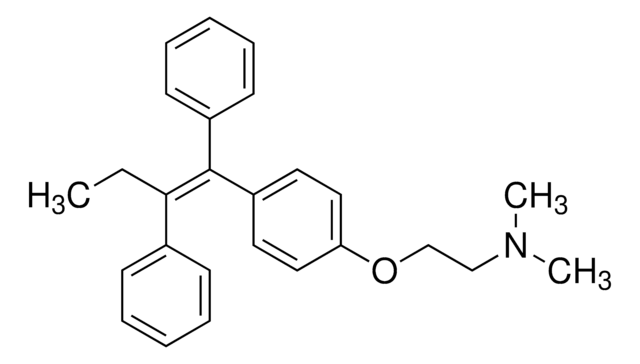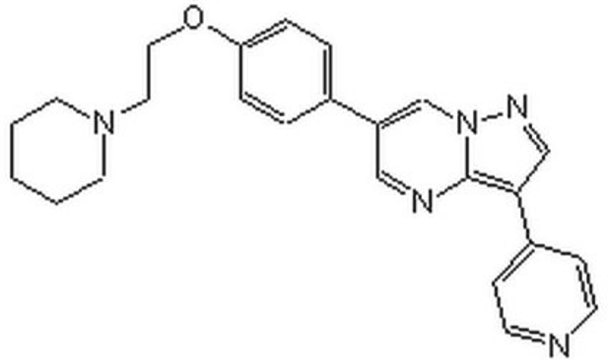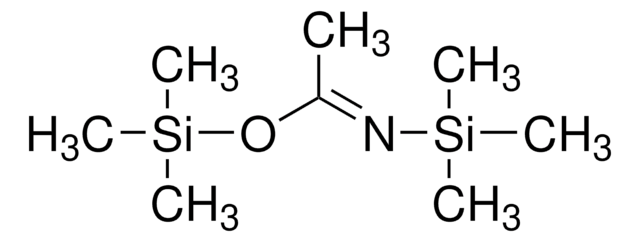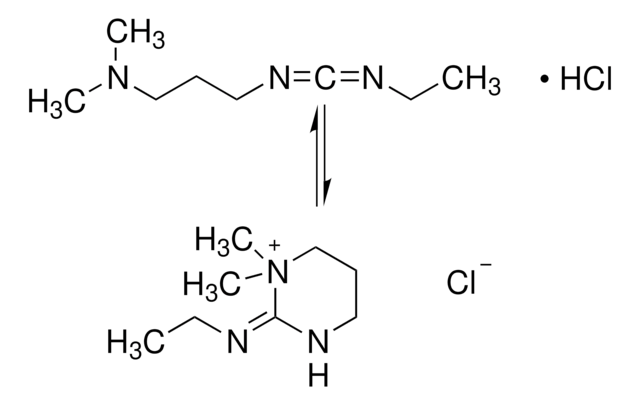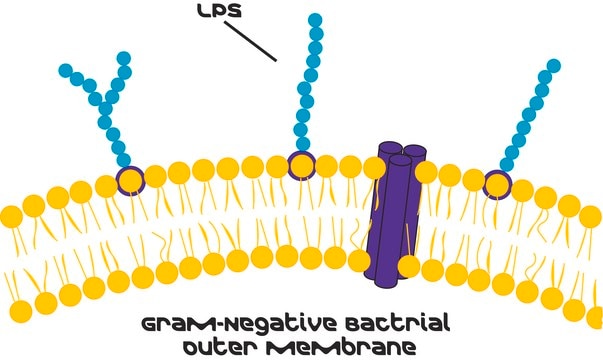P2008
Polyanetholesulfonic acid sodium salt
powder
Synonym(s):
Sodium polyanetholesulfonate
About This Item
Recommended Products
form
powder
Quality Level
storage condition
(Tightly closed. Dry.)
color
yellow
solubility
water: 1 g/10 mL, clear to hazy, yellow to very dark yellow-orange
SMILES string
C/C=C/C1=CC=C(C=C1)OC.[O-]S(=O)[O-].[Na+]
InChI
1S/C10H12O.Na.H2O3S/c1-3-4-9-5-7-10(11-2)8-6-9;;1-4(2)3/h3-8H,1-2H3;;(H2,1,2,3)/q;+1;/p-2/b4-3+;;
InChI key
JKJBFNAERWARKW-CZEFNJPISA-L
Looking for similar products? Visit Product Comparison Guide
Related Categories
General description
Application
- has been used as a component in BACTEC plus aerobic/F medium or blood culture media to decrease the barrier for bacterial growth
- has been used to inhibit the activity of classical pathway (CP) and alternative pathway (AP)
- may be used in the preparation of bifunctional/polymeric composite gel beads to remove cationic dyes
Biochem/physiol Actions
Other Notes
comparable product
signalword
Warning
hcodes
Hazard Classifications
Eye Irrit. 2 - Skin Irrit. 2 - STOT SE 3
target_organs
Respiratory system
Storage Class
11 - Combustible Solids
wgk_germany
WGK 3
flash_point_f
Not applicable
flash_point_c
Not applicable
ppe
dust mask type N95 (US), Eyeshields, Gloves
Certificates of Analysis (COA)
Search for Certificates of Analysis (COA) by entering the products Lot/Batch Number. Lot and Batch Numbers can be found on a product’s label following the words ‘Lot’ or ‘Batch’.
Already Own This Product?
Find documentation for the products that you have recently purchased in the Document Library.
Customers Also Viewed
Related Content
We offer agonists, antagonists, modulators and other bioactive small molecules for immune system signaling target identification and validation, as well as a variety of antibiotics, antivirals, and antifungals.
Our team of scientists has experience in all areas of research including Life Science, Material Science, Chemical Synthesis, Chromatography, Analytical and many others.
Contact Technical Service